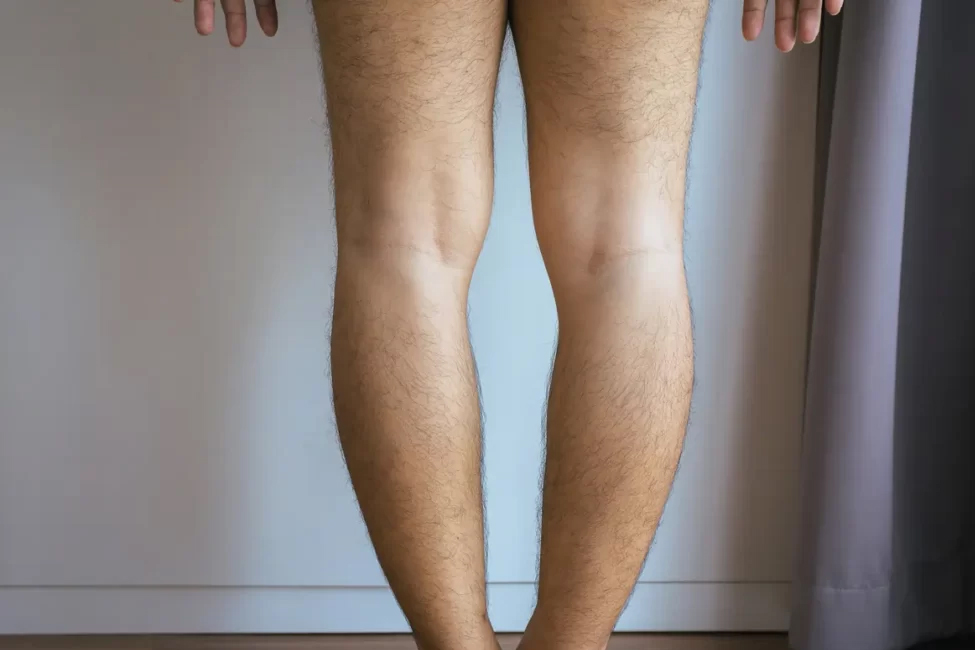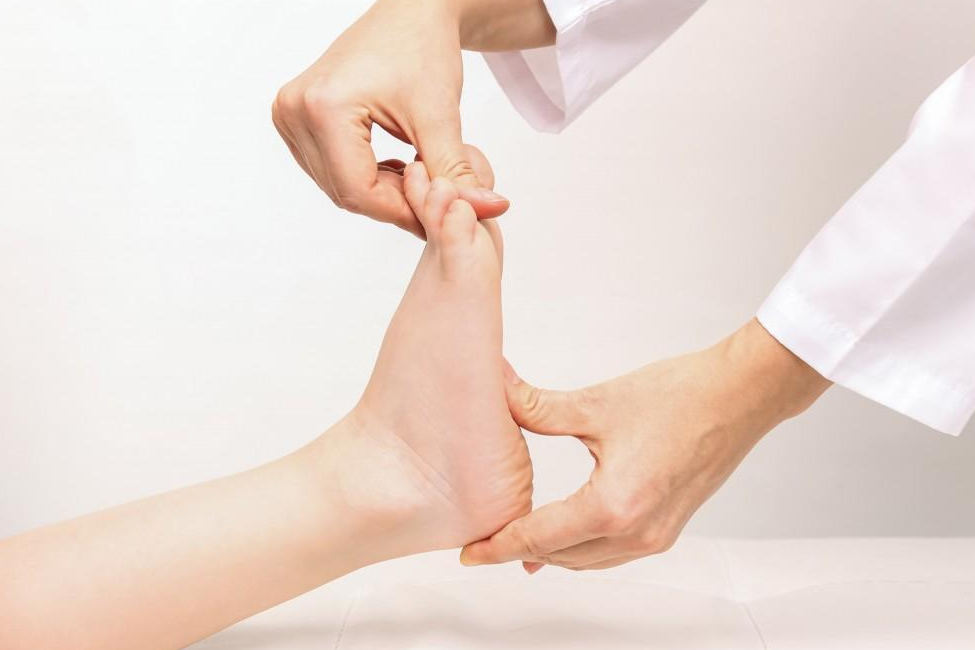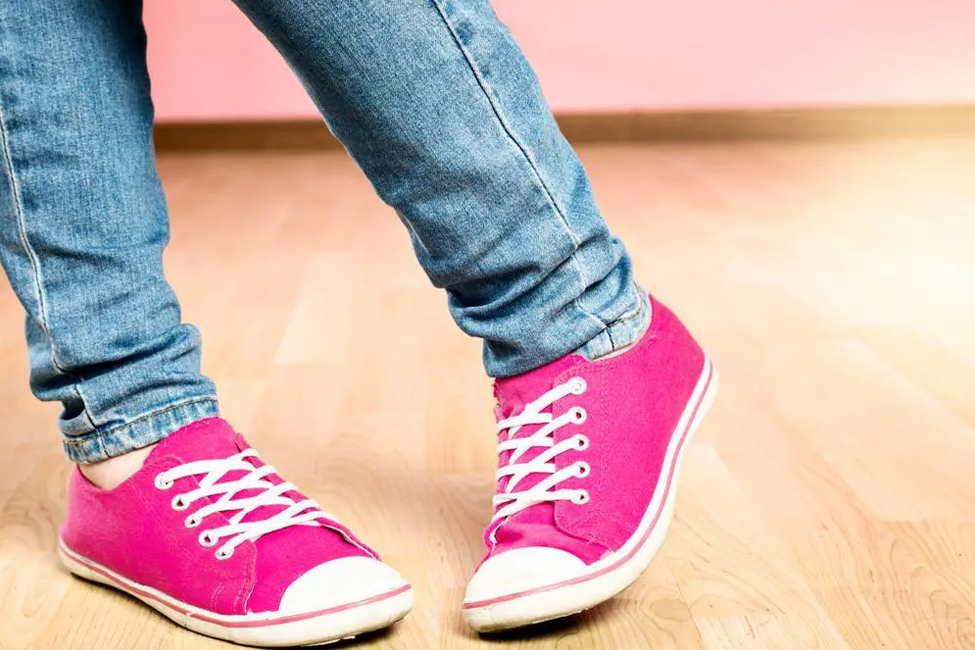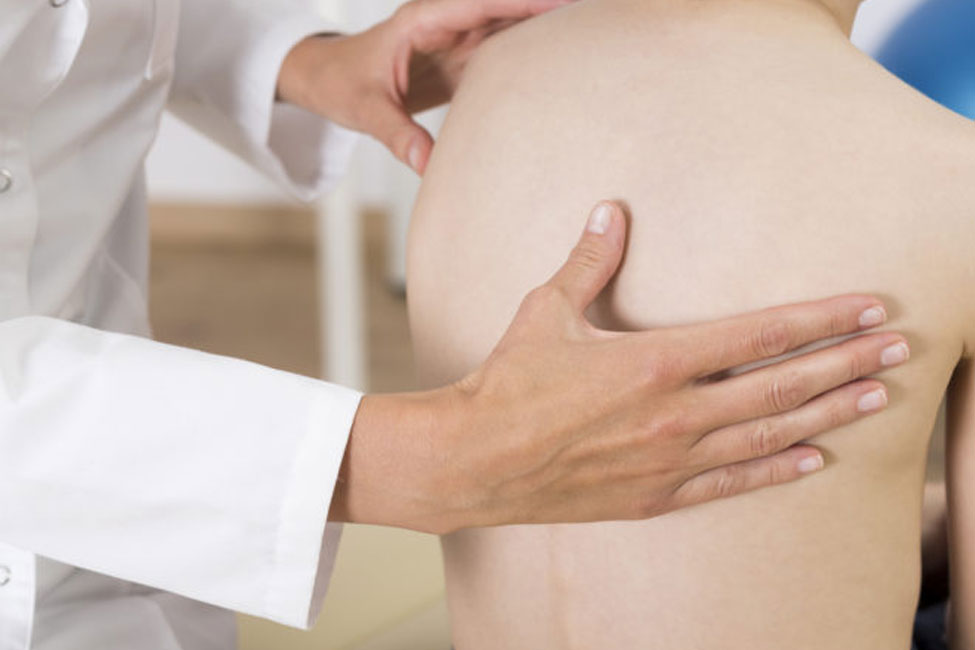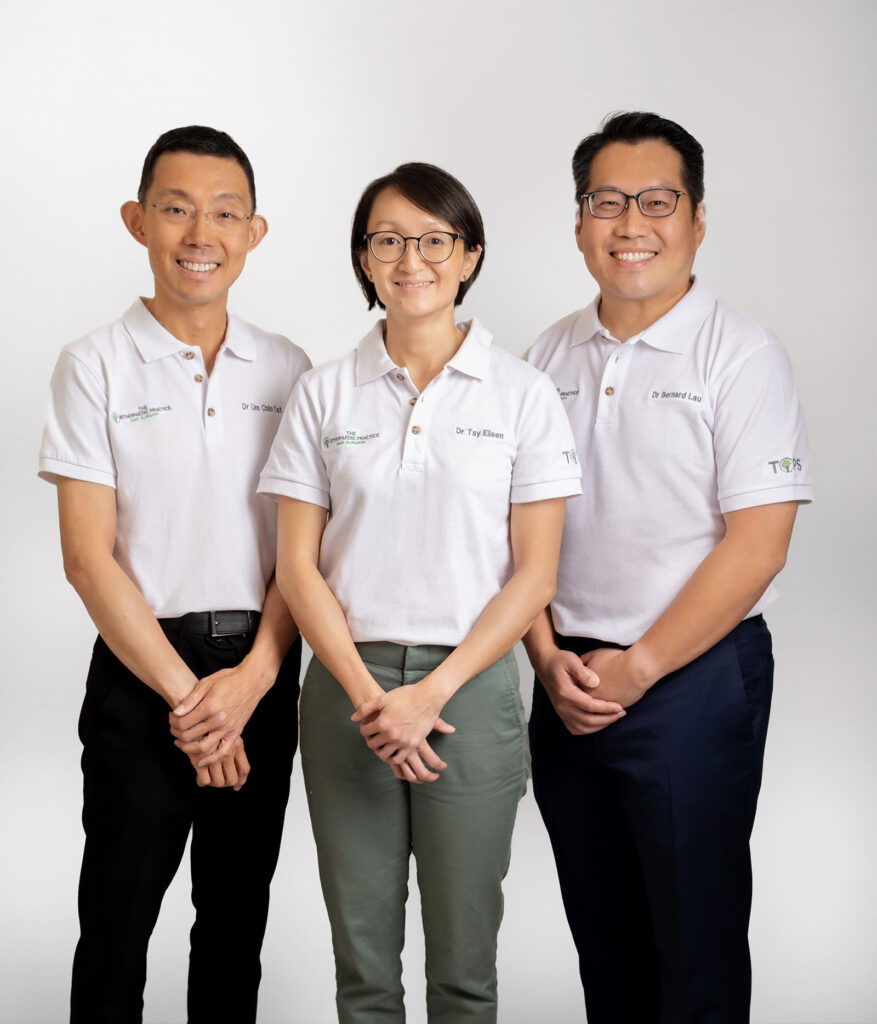Bowed Knees: Causes, Symptoms, Treatment, and Prevention
What is Bowed Knees?
Bowed knees, medically known as genu varum, is a condition where a person’s knees curve outward, causing the legs to appear bowed or bent away from each other at the knee while the ankles are together. This condition can occur in children and adults and may affect one or both legs.
Type of Bowed Knees
There are two main types of bowed knees:
- Physiological Genu Varum: This type is common in infants and toddlers, typically from birth to around 2 to 3 years old, as part of the normal growth process. The legs gradually straighten out as the child grows.
- Pathological Genu Varum: This type might be due to underlying conditions such as rickets, Blount’s disease, skeletal dysplasia, or other bone and joint disorders.
How Common is Bowed Knees?
Physiological genu varum (bowed knees seen in early childhood) is relatively common in infants and toddlers, whereas pathological genu varum, associated with underlying conditions, is less common and usually requires medical attention for appropriate management.
Causes of Bowed Knees
Bowed knees, also referred to as genu varum, can arise due to different factors, including:
Physiological Genu Varum: This type of bowed knees is considered a normal part of growth and development, especially in infants and toddlers. Young children may exhibit bowed legs as their skeletal system grows and straightens out naturally over time.
Pathological Genu Varum: There are various underlying medical conditions associated with pathological genu varum, such as:
- Rickets: A condition stemming from vitamin D, calcium, or phosphate deficiency, leading to weak, soft bones that may result in bowed legs.
- Blount’s Disease: A growth disorder affecting the shinbone, resulting in abnormal growth that causes bowing of the legs.
- Skeletal Dysplasia: A group of genetic conditions that affect the development and growth of bones, potentially causing bowed legs among other skeletal issues.
- Other Bone or Joint Disorders: Certain bone or joint abnormalities may contribute to bowed legs in children.
Symptoms of Bowed Knees
In terms of symptoms, the presentation of bowed knees can vary depending on the cause and type of genu varum:
Physiological Genu Varum:
In terms of symptoms, the presentation of bowed knees can vary depending on the cause and type of genu varum:
- Generally, physiological genu varum in infants and toddlers often doesn’t lead to specific symptoms aside from the visual appearance of bowed legs.
- Children may display legs that curve outward, but this condition is part of normal growth and development and typically self-corrects as the child grows.
Pathological Genu Varum:
In cases of pathological genu varum associated with an underlying condition:
- Children might experience pain or discomfort in the legs.
- Abnormal walking patterns might be noticed.
- Depending on the underlying cause (such as rickets or skeletal dysplasia), additional symptoms related to the specific disorder might be observed.
Diagnosis of Bowed Knees
Diagnosing bowed knees, or genu varum, involves a comprehensive evaluation, including:
Physical Examination
The orthopaedic specialist will visually assess the leg alignment while the child is standing, walking, or sitting.
Medical History
Inquiring about the child’s birth history, development milestones, family history of bone or joint issues, and any associated symptoms or discomfort.
Gait Analysis
Observing the child’s walking pattern and posture to understand the severity and type of genu varum.
X-rays or Imaging
X-rays may be performed to assess the degree of bowing, bone alignment, and potential underlying conditions affecting bone development.
Laboratory Tests (if needed)
If an underlying condition like rickets is suspected, blood tests may be conducted to assess levels of vitamin D, calcium, and phosphorus.
Complications of Bowed Knees
Complications related to bowed knees, or genu varum, are often more associated with the underlying conditions causing the abnormal bowing rather than the bowing itself. Some potential complications might include:
- Impact on Gait and Mobility: Severe genu varum, especially in pathological cases, can affect a child’s gait, leading to an altered walking pattern, which might impact mobility.
- Pain and Discomfort: Children with significant genu varum, particularly those with an underlying medical condition, may experience discomfort or pain in the legs or knees due to the abnormal stress placed on the bones.
- Psychological Effects: In some cases, children might face self-esteem issues due to the noticeable physical differences.
- Functional Limitations: Severe bowing might lead to functional limitations or impact physical activities.
Treatment Options for Bowed Knees
The treatment for bowed knees, or genu varum, depends on the underlying cause and severity of the condition:
Observation
In cases of physiological genu varum in infants and young children, observation is often recommended as the condition tends to self-correct as the child grows.
Medical Management
If an underlying condition is identified, such as rickets, Blount’s disease, or skeletal dysplasia, treating the primary cause is crucial. This may involve:
- Vitamin or mineral supplementation (e.g., vitamin D, calcium, or phosphorus) for deficiencies.
- Bracing or orthotic devices to support and realign the legs in specific cases.
- Medications or treatments specific to the underlying condition, if applicable.
Surgical Intervention (Rare Cases)
In severe instances or cases where the condition doesn’t improve with other interventions, surgical procedures such as guided growth surgery or osteotomy might be considered, particularly in pathological genu varum.
Preventing Bowed Knees
Preventing bowed knees, especially in physiological genu varum, a normal part of a child’s growth isn’t typically feasible as it’s a natural part of development. However, there are ways to ensure overall bone health and minimise the risk of bone-related conditions that might contribute to pathological genu varum:
- Ensuring children have adequate intake of vitamin D, calcium, and phosphorus, either through a balanced diet or supplements if deficiencies are detected, can support healthy bone development.
- Sun exposure helps the body produce vitamin D, which is essential for strong and healthy bones.
- Engaging in regular physical activities and weight-bearing exercises supports overall musculoskeletal health.
- Encouraging a balanced and nutritious diet is essential for healthy bone growth.
- Regular health check-ups and prompt attention to any signs of bone or joint issues can aid in early intervention if needed.
Living with Bowed Knees
Living with bowed knees can vary significantly based on the cause, severity, and the individual’s age. Here are some aspects to consider:
- In most cases, children with physiological genu varum lead normal lives without functional limitations. As they grow, the condition typically corrects itself without intervention.
- Children with this type of genu varum might experience more noticeable symptoms or discomfort, especially if associated with an underlying condition. Living with pathological genu varum might involve management of the primary condition, such as vitamin supplementation or specific medical treatments, to address the cause.
- Children often adapt well to their conditions, adjusting their activities and lifestyle accordingly. However, persistent pain or functional limitations may require intervention.
- Ensuring a supportive environment and addressing self-esteem concerns arising from physical differences is essential.
Bowed knees, known as genu varum, can manifest as a normal part of growth in children or arise due to underlying conditions. Understanding the type, cause, and severity is crucial for proper management.
For children with physiological genu varum, observation and growth monitoring are typically sufficient as the condition often self-corrects. However, pathological genu varum might require specific interventions, including medical treatments, orthotics, or, in rare cases, surgery.
For expert evaluation and guidance specific to bowed knees, consider requesting an appointment with The Orthopaedic Practice and Surgery Clinic. Our specialised team can provide tailored advice, ensuring the optimal musculoskeletal health of your child. Prioritise your child’s well-being by taking the first step—request an appointment for expert evaluation and guidance today.


